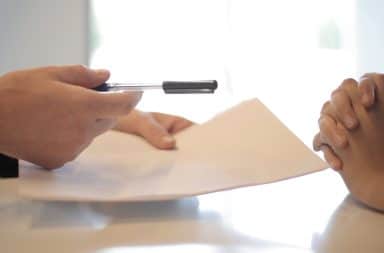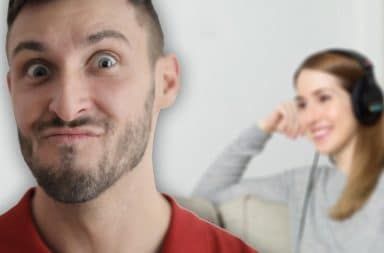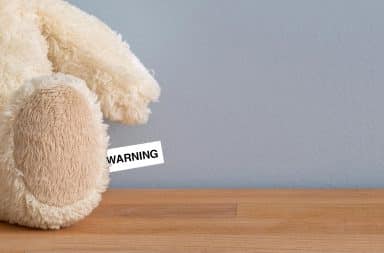“Go on…tell them,” George Martin coldly ordered in his signature posh reserve. The weary producer hunched over the EMI console reviewing the ever-expanding channel labeling for the 7th of July 1968 recording date. John and Paul had just entered studio A, as was customary behaviour by this point, a full 2 hours after the standard 16:00 start time.
“After they’ve had their tea,” he turned his gaunt face to me dramatically, “and you had better let them know it was you, Ramon.”
Ramon… Occasionally even I would forget the magnitude of the mess I had gotten myself into until hearing my own fake name spoken back to me. It had been about three weeks of increasingly nasty slip-ups but perhaps now the jig was finally up. A new, brown face in the ranks at Abbey Road was one thing, but the previous night’s session tape duplication had ended in somewhat of an anomaly for the illustrious studio: the complete destruction of an entire album’s worth of recording.
Before you hastily judge my questionable behaviour, allow me to explain.
The Abbey Road Studios Diversity Initiative began in February of 1968, as the official company letterhead stated, “To honourably and reluctantly reflect the increasingly varied population of Great Britain.” Mum and Dad were part of the great postwar wave of Puerto Rican immigrants lured to Great Britain by the promise of emerging factory jobs (“A toffee in every mano” as Churchill famously stated). On my initial application, in the service of my burning desire to learn the art of recording at my favourite studio, I embraced the perhaps naive merits of complete transparency. I explained I was a Latino student who wanted to learn the basics of recording technology and be the main one to record The Beatles.
When I didn’t hear back my mate Gibney assured me this had been absolutely inadvisable.
“You daft? What’s the harm in a little white lie brown guy?” said Gibney with his trademark smirk, “This is your shot! This is Abbey Road, Dan! Equality innit? Yeah? Let me help, eh? You’ll need a bit of the ol’ panache!”
With one week left in the application window following Gibney’s lead, I cast my fate to the wind and, considering I had already applied under my own real name, reapplied as a young hotshot engineer named “Ramon Diaz-Pennybottom.” We banked on the unfortunate practice at the time of engineers not being properly credited for their work as Ramon, who was from Shepperton, had a list of incredibly distinguished, albeit unfortunately unlisted on commercial LP’s, technical credits that would pique even the most casual pop listeners curiosity.
The resulting interview went off without a hitch. It’s no small wonder what a bit of blind confidence can do. Every necessary physical credential was fabricated, astonishingly well I might add, by a friend of Gibney’s, a dodgy bloke from up north I knew only as “Honest Pete” whose claim to fame was once selling petrol-laced hashish to Michael Caine’s brother’s cousin’s son (RIP Georgie Caine, good lad gone home).
And just like that, I was officially in. The program, and my rather sudden and admittedly surprising admittance in May of 1968, coincided with the beginning of the recording of “The Beatles” or what would be later affectionately dubbed The White Album. My high ranking amongst the hierarchy of more-than-keen engineers had immediately spurred some noticeable discontent among the staff. Increasingly loud, angry whispers of “affirmative action bollocks” echoed more than occasionally through the acoustically treated hallowed halls but luckily the studio's financial bottom line, the ol’ Fab Four, welcomed my more than novel presence.
“I love it!” exclaimed Paul on my first day engineering the backing tracks for what would become “I Will.”
“A bit of colour in here can do this lot some good. It feels so exotic! Like maracas!” He excitedly grabbed a nearby pair of maracas and sang garbled lyrics for what seemed like an eternity to a song seemingly made up on the spot. Many years later it would become the fittingly titled McCartney II b-side “Secret Friend” (1980).
John, in his signature acerbic wit, was also accepting, albeit conditionally.
“I don’t care if you’re bloody Purple,” snided the singer, “just keep up,” declaring his authority ceremoniously before returning to screaming at a nearby lamp.
George, on the other hand, while holding no ill will I can attest to, sat silent tuning a guitar that was clearly already tuned. He stared just slightly past me with no discernible emotion, dropping his strings down in tune, then tuning them back up to pitch, only to drop them down again. George would often do this for hours on end.
Ringo and I had only spoken a single time. Over morning English he once asked if I had liked Guess Who’s Coming To Dinner? the American film about an interracial marriage starring Sidney Poitier that had come out in cinemas just a few months prior. “I haven’t seen it,” I said.
“Yeah, me neither…looks saucy,” Ringo replied. He then pulled back his head towards the ceiling entirely upright like a seagull, drank his entire scalding hot cup of earl grey in a single gulp, got up, and simply walked away.
But I digress; back to the difficult task at hand. I, the fictional expert engineer Ramon Diaz-Pennybottom, about to be revealed as dyslexic recording neophyte Dan Arnés, was about to explain to the biggest pop group on the planet that thanks to me, the master tapes for three weeks worth of recordings were destroyed. How you ask? Sort of a chain of events really; A small fire that was the result of a large tea spill onto an even larger DC power adapter that was the result of me suddenly jerking my leg fully upright after seeing that bee again.
That pesky bee. John and Yoko had a habit of leaving the tea room window open after their daily 15:00 grass puff. Anyone aware of Yoko’s notoriously gentle nature knows she wouldn’t hurt a fly, or in this instance, that pesky bee. Naturally, and to this day, I blame her entirely for the mishap.
“John… Paul…” I called to the mercurial duo as I sheepishly entered the live room, “I’ve… I’ve got something I need to tell you lot.”
“Aw, Ramon, can it wait, mate?” Said Paul, “We’re working on a real number!”
That number, “Revolution,” echoed triumphantly through the live room playback. They were working out the “Count me out/in” bit. Even in its infant state, I couldn't help but speculate on the songs unquestionably long term, ever-expanding social implications. It was a fittingly anachronistic encapsulation of both the optimism and rapidly emerging cynicism of an entire generation reared in the very suddenly antiquated, post-war British facade of idealism. It was absolutely electrifying and everyone knew it. That withstanding, I prepared myself to speak. I knew what I had to do.
“Um… yes… yes, it can.”
Before a facility modification in 1971, the drab, utilitarian exterior frame of the Abbey Road Studios bathroom windows were then equipped with a series of small, worn, and deceptively shoddy metal bars…
(Excerpt from My Life Recording The Beatles by Dan Arnés)


